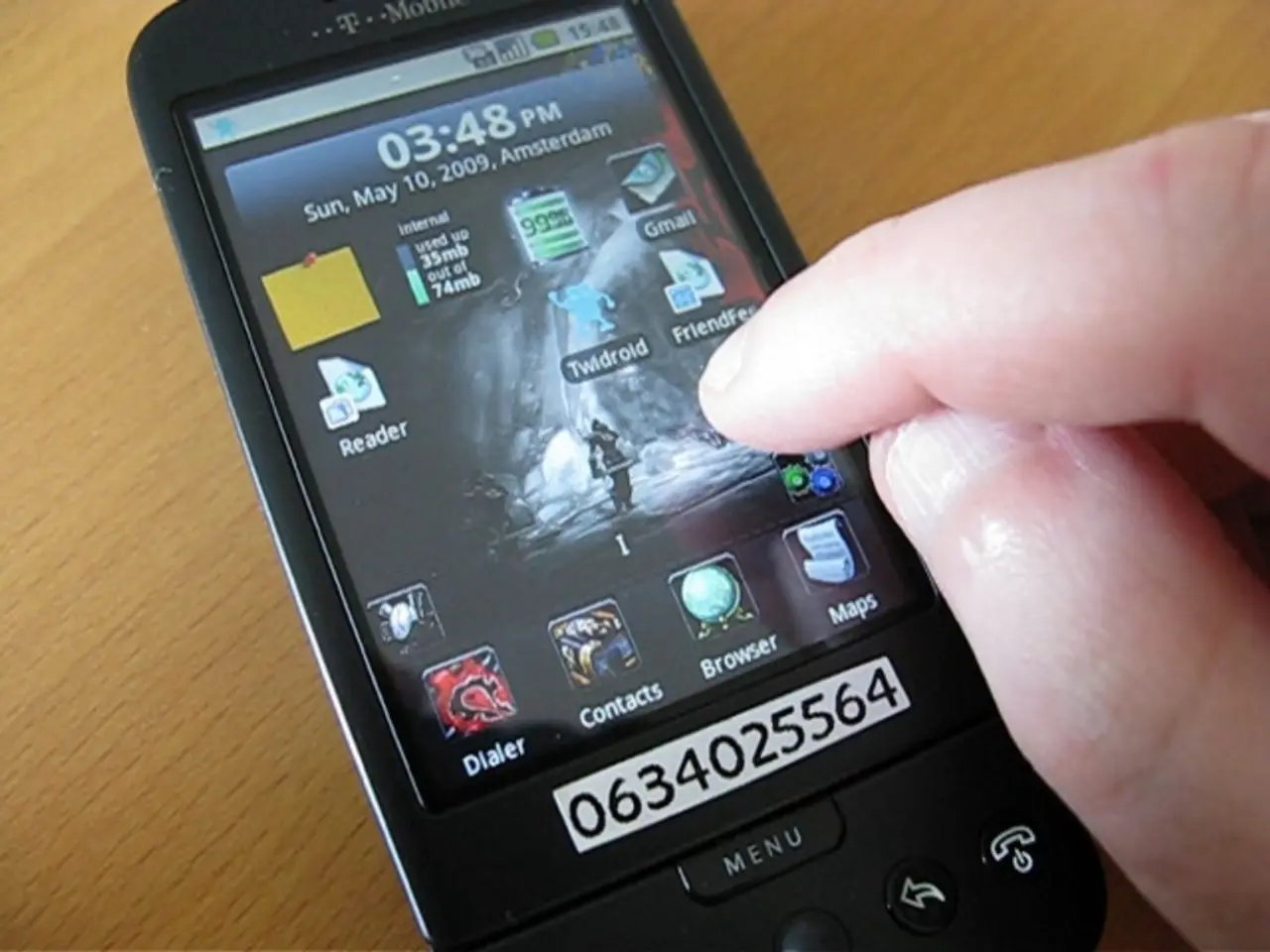Recognizing Suspected Scam Calls: The Phone's Methodology
In the modern world of telecommunications, spam calls have become a persistent nuisance for many individuals. However, machine learning algorithms are proving to be an effective solution in the fight against these unwanted calls.
These advanced systems identify spam calls by analysing behavioural patterns and call metadata. High call frequency and large-scale calling from new or unknown numbers, especially when these calls happen at suspicious times, such as tens of thousands of calls at 9 a.m. on a Monday, are common indicators. Suspicious timing and frequency patterns, combined with metadata attributes like call origin, duration, and media type, are also scrutinised. Caller ID characteristics, such as anonymous or blocked caller IDs and patterns of calls from specific area codes or number sequences commonly associated with telemarketers or robocalls, are also red flags.
Machine learning models are trained on large datasets from call detail records and use clustering and classification methods to distinguish likely spam from legitimate calls based on these features. They also leverage crowdsourced databases of known spam numbers and continuously learn from user blocking preferences to improve detection.
Key indicators include high volume of calls from a single, previously unseen number within a short timeframe, suspicious timing and frequency patterns, metadata attributes like call origin, duration, and media type, caller ID characteristics such as anonymity or known spam-related patterns, cross-referencing with crowdsourced spam databases and user blocking data.
These factors help carriers, devices, and apps automatically predict and warn users about robocalls and spam calls. For instance, YouMail uses an audio fingerprint system to identify known and scam-likely robocalls without human intervention. U.S. phone carriers are required by the FCC to implement the STIR/SHAKEN framework to verify incoming calls are coming from the actual number displayed on caller ID.
The current telephony landscape is fractured, with different groups collecting and analysing call data in slightly different ways. However, collaboration between companies and private entities could lead to more accurate spam detection and fewer spam calls. A centralised registry for call data, if standardised across the industry, could significantly improve spam detection efforts.
Deep learning algorithms like convolutional neural networks and long short-term memory can be used to effectively automate the feature engineering step, thereby enhancing the accuracy of spam detection. Voice service providers are also required to shut down accounts that send out unlawful calls due to the TRACED Act.
Phones offer native tools to help identify and mark spam calls, providing another data stream for machine learning processes. Data privacy apps like Kanary aim to remove personal information, including phone numbers, from public sources to make it harder for robocalling scammers to identify live numbers to call.
Moreover, voice synthesis detection has emerged as a means of detecting and protecting against spam calls. Reporting a spam call may help update machine learning models and aid in flagging or blocking similar future calls.
In 2024, approximately 3.3 billion scam calls were sent out every month, underscoring the need for continued efforts to combat these unwanted calls. With the help of machine learning, the future looks promising in the battle against spam calls.
- Advances in technology, such as artificial intelligence and data-and-cloud-computing, are being leveraged in the realm of cybersecurity to combat spam calls, with machine learning models being trained on large datasets to accurately detect and differentiate spam calls from legitimate ones.
- The integration of artificial intelligence and technology in telecommunications also includes voice synthesis detection, which serves as a safeguard against spam calls, while data privacy apps are developed to protect personal information from falling into the hands of robocalling scammers.




